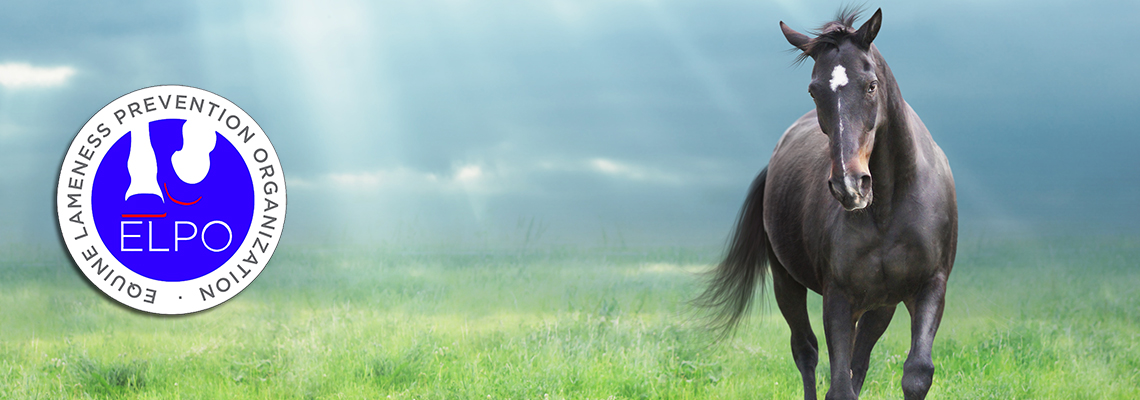E.L.P.O. Hoof Evaluation Protocol
The goal of the E.L.P.O. Hoof Evaluation Protocol is to accurately, consistently and in accordance with an established standard be able to determine the amount and/or location of hoof distortions in individual equine feet. Although an overall rating for each foot may be achieved, individual attention to primary hoof structures is the key. Through the systematic evaluation of the external hoof anatomy, a more accurate and meaningful evaluation of the foot can be achieved, as well as a determination of the overall health and soundness of the horse.
The primary hoof structures that will be specifically evaluated are the: frog, bars, heels, and toe, and will be evaluated from a sole viewpoint.
#0: Considered to be a perfectly natural, normal foot, free of hoof distortions that is expected to be functioning at its optimum efficiency. Hoof structures with this grade would also be representative of a foot that either requires no maintenance or has just been trimmed and/or shod, and again is free of hoof distortions.
#1: Indicative of a natural normal foot that is at the end of a trimming/shoeing period and requires basic maintenance. Minor hoof distortions seen are the result of normal growth and with basic maintenance will be returned to a #0 status. If a #1 status is achieved after trimming/shoeing, then this grade would be representative of hoof structures that possesses only minor hoof distortions that would still allow the foot to function efficiently.
#2: Feet or Hoof Structures with a #2 grade have hoof distortions that can start to affect proper foot function. Although these are commonly seen at the end of a shoeing cycle, this rating is indicative of distortions that generally were not fully dealt with at the beginning of the shoeing/trimming cycle. Feet and structures in this condition can start to negatively affect performance, but may not be recognized as problems by everyone.
#3: Feet or Hoof Structures with a #3 grade have hoof distortions that can cause minor to moderate lameness issues. Foot function is often being compromised and common gait faults such as stumbling, forging and landing toe-first are prevalent, and signs of coffin joint pathology may be recognized and even diagnosed by veterinarians. Feet or Hoof Structures with a #3 rating are challenging the soft tissue around the DIP joint.
#4: Feet or Hoof Structures with a #4 grade have moderate to severe hoof distortions that are often associated with serious lameness issues. Feet or Structures with a #4 rating have been subject to long term hoof distortion and often, irreversible damage can occur. Foot function can be at least somewhat restored with shoes, pads, and detailed hoof trimming.
#5: Feet or Hoof Structures with a #5 grade have the most severe hoof distortions that contribute to both soft tissue and bony damage. Horses are often severely lame or debilitated as a result of the distortions. A #5 rating is sometimes irreversible, but can be improved with the use of various prosthetic and more detailed hoof preparation.
Disclosure: The information presented in this evaluation protocol are only general guidelines designed for equine professionals as a means to have a standardized formula for recognizing common hoof distortions that exist in many feet with basically “normal” conformations. This evaluation protocol is not intended to diagnose any lameness, nor is it intended as instructional guidelines for trimming or shoeing. For details on hoof care guidelines, please look at the “E.L.P.O. Hoof Trimming & Shoeing Protocols” offered by the Equine Lameness Prevention Organization, Inc.


